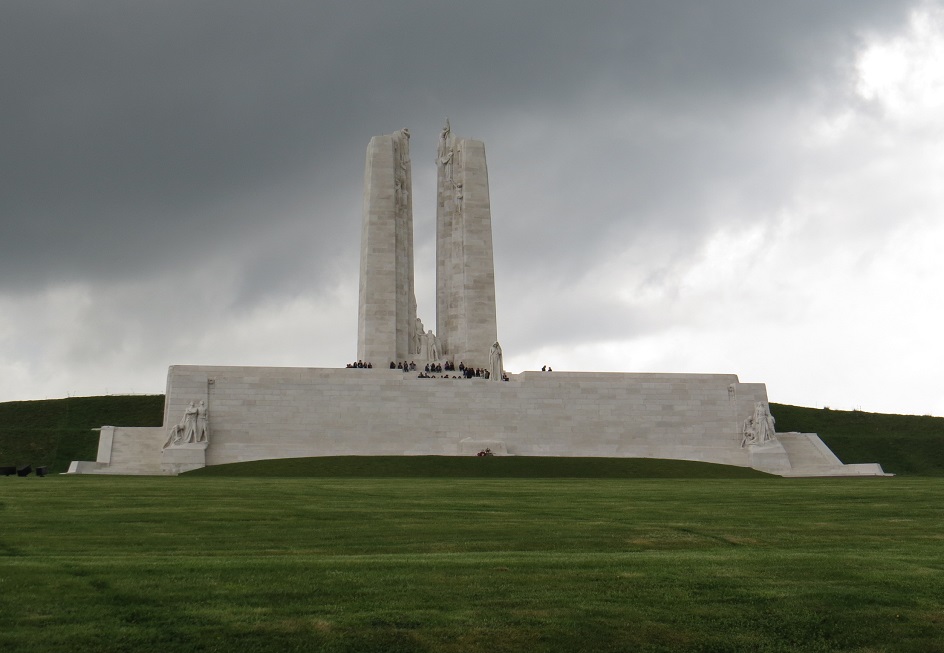Welcome to the Canadian Expeditionary Force Research Group. Dedicated to the men, women, and boys who served with the Canadian Expeditionary Force in the Great War, 1914 – 1919. CEFRG collects objects and stories that give an insight into experiences of the Great War. CEFRG preserves these tales for future generations, and brings them to today’s audience in the most powerful way possible. Our first post is about The Last Post.
Hopefully, you are already familiar with CEFRG via it’s Facebook or YouTube accounts. The purpose of this website is to build a greater following for CEFRG, so that more Canadians may learn from and appreciate our rich military history. To learn more about CEFRG, visit our About page.

The Last Post
In military tradition, the Last Post is the bugle call that signifies the end of the day’s activities. The Last Post is also sounded at military funerals to indicate a soldier has gone to his final rest, and used at commemorative services such as Remembrance Day. The Last Post is one of a number of bugle calls in military tradition that mark the phases of the day. While Reveille signals the start of a soldier’s day, the Last Post signals its end.
The call is believed to have originally been part of a more elaborate routine. The British Army tattoo, began in the 17th century. In the evening, a duty officer had to do the rounds of his unit’s position. First, checking that the sentry posts were manned. Afterwards, rounding up the off-duty soldiers and packing them off to their beds or billets. The officer would be accompanied by one or more musicians. The first post was sounded when he started his rounds. As the party went from post to post, a drum was played. The drum beats told off-duty soldiers it was time to rest; if the soldiers were in a town, the beats told them it was time to leave the pubs.
The word tattoo comes from the Dutch for turn off the taps of beer kegs; Americans call this taps or drum taps. Another bugle call was sounded when the officer’s party completed its rounds, reaching the last post. This signaled that the night sentries were alert at their posts and gave one last warning to the other soldiers. The Last Post was eventually incorporated into funeral and memorial services as a final farewell. It symbolizes the duty of the dead is over and they can rest in peace.

Comments
3 Responses to “The Last Post in the Great War”
I found that all very interesting and informative as always with CEFRG FB postings. Very well presented. I never knew that about the Last Post. Never too old to learn. Thanks, everyone from a Londoner.
Thank you so much, Ruth. I have always appreciated your support. Stay safe, and continue to Remember Them.
[…] did not report on the date of Fred’s death. His burial location is also unknown. Was the Last Post ever played for Private Fred […]